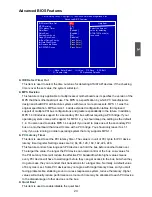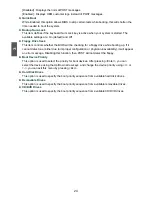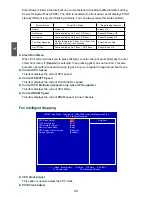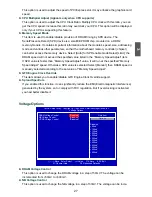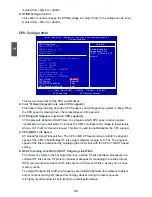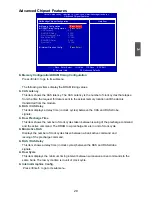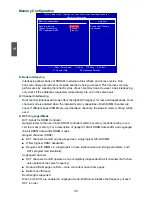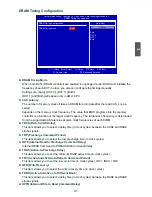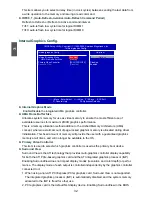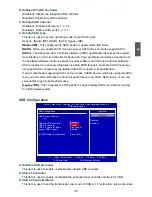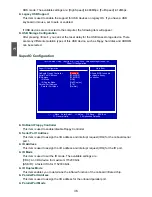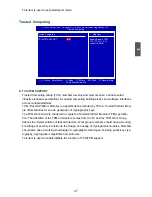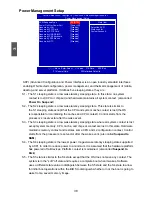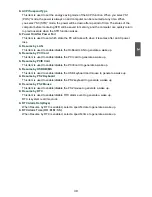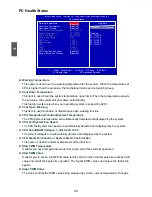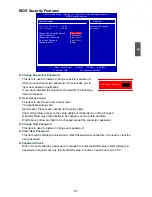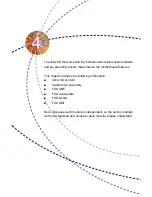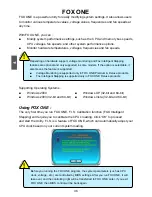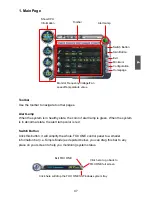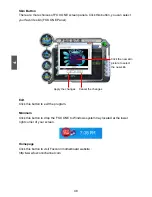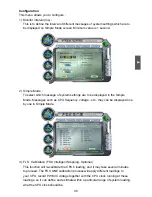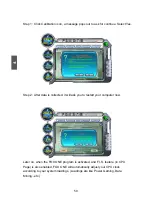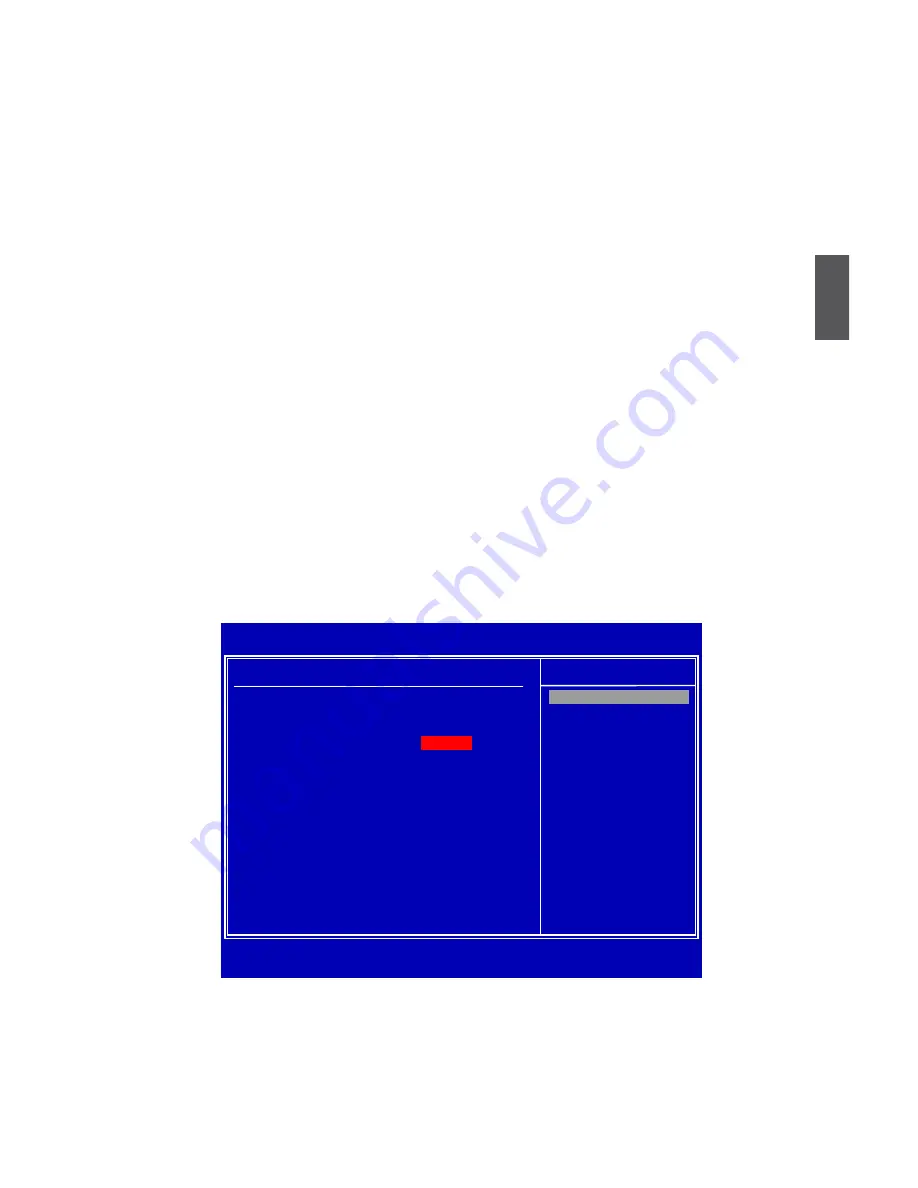
35
3
► OnBoard PCI IDE Controller
[Disabled]: Disable the integrated IDE controller.
[Enabled]: Enable both IDE controllers.
► OnChip SATA Channel
[Disabled] : Disable SATA ports 1, 2, 3, 4.
[Enabled] : Enable SATA ports 1, 2, 3, 4.
► OnChip SATA Type
This item is used to set the operating mode of your SATA ports.
Options : [Native IDE]; [RAID]; [AHCI]; [Legacy IDE].
[Native IDE]
- This configures the SATA ports to support native IDE mode.
[RAID]
- When you enable RAID, it means all your SATA drives must also support AHCI.
[AHCI]
- The Advanced Host Controller Interface (AHCI) specification describes the register
level interface for a Host Controller for Serial ATA. The specification includes a description of
the hardware/software interface between system software and the host controller hardware.
AHCI provides more advanced features including SATA features, but some SATA drives may
not support AHCI, unless they are labeled with AHCI support in its specification.
If your motherboard supporting AHCI, and you have a SATA device, which also supports AHCI,
then you can select IDE option to have fair performance (only PATA, SATA level), or you can
select AHCI to get its best performance.
[Legacy IDE]
- This configures the SATA ports to support legacy IDE mode which is running
for old Windows system.
USB Configuration
CMOS Setup Utility - Copyright (C) 1985-2008, American Megatrends, Inc.
USB Configuration
USB Configuration
Help Item
USB Devices Enabled :
1 Drive
Disabled
OnBoard USB Controller
[Enabled]
Enabled
USB 2.0 Controller
[Enabled]
USB 2.0 Controller Mode
[High Speed]
Legacy USB Support
[Enabled]
► USB Storage Configuration
[Press Enter]
↑↓←→:Move Enter:Select +/-/:Value F10:Save ESC:Exit
F1:General Help F9:Optimized Defaults
[Enabled]
Options
► OnBoard USB Controller
This item is used to enable or disable the onboard USB controller.
► USB 2.0 Controller
This item is used to enable or disabled the enhanced host controller interface for USB.
► USB 2.0 Controller Mode
This item is used to set the transmission rate mode of USB 2.0. This function only works under



